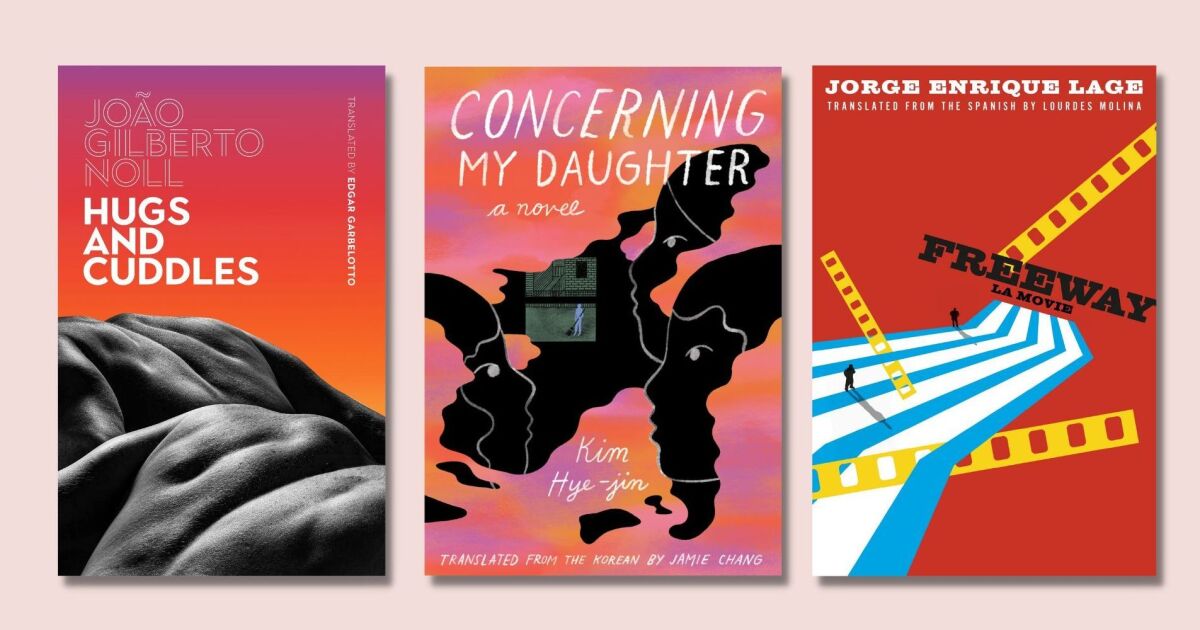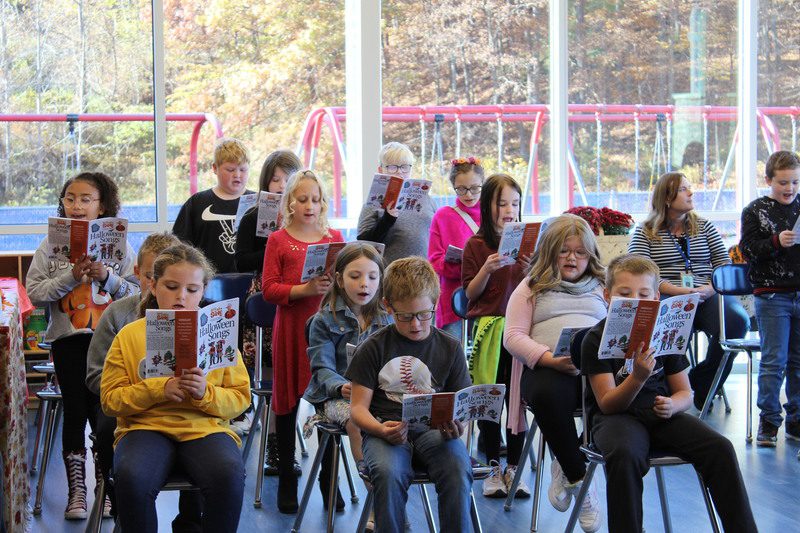
NEW YORK & PHILADELPHIA--(BUSINESS WIRE)--TransPerfect, the world’s largest provider of language and technology solutions for global business, today announced that its GlobalLink Applanga technology has been selected by Clario to streamline translation processes.
Clario is a healthcare technology company that delivers the leading endpoint technology solutions for decentralized (DCT), hybrid, and site-based clinical trials. Clario’s Translation Workbench is used to streamline the localization process, including managing multilingual content for licensed scales and data collecting material, as well as ensuring on-screen accuracy. Managing around 150 studies at a time, with each study averaging 20 languages and eight assessments, Clario needed technology that offered them the automation to speed up the eCOA study kick-off process.
GlobalLink Applanga is a cloud-based translation management system with features developed specifically for web-based applications, including handheld devices and clinical apps, enabling Clario to more effectively address app localization requirements.
By connecting with Applanga via API, the Clario Translation Workbench initiates the localization process and streamlines screenshot review and approval. Screenshot capture is automated for each assessment, pulling text and pushing screenshots with minimal effort.
As a result of implementing Applanga, Clario experienced lessened turnaround times by 30%. These reductions were achieved by decreasing time spent in communication between TransPerfect and Clario, eliminating manual work necessary to generate accurate screenshots and translations on eCOA applications, and minimizing defects and human errors, which reduced the burden on quality assurance staff.
“Our clients need to deploy studies in multiple countries and ensure patients have access to accurate and timely translations of their electronic, clinical outcomes assessments. Without these, pharma and biopharma clients face delays in getting new medicines to patients, and patients could be unable to provide vital information about their health. With Clario's global reach and TransPerfect's technology, we can help increase patient access and speed up overall study set-up times,” said Terry Burke, EVP eCOA.
TransPerfect President and CEO Phil Shawe remarked, “Clario has integrated Applanga in a way that has enabled them to improve quality and efficiency. We are pleased that our technology has helped them reduce risk, cut costs, and succeed in their mission to get treatments to market safely and quickly.”
About Clario
Clario is a leading technology company that generates the richest clinical evidence in the industry for our pharmaceutical, biotech and medical device partners. Across decentralized and site-based trials, our deep scientific expertise, global scale and the broadest endpoint technology platform in the industry allow our partners to transform lives. Clario’s Trial Anywhere™ solutions have been powering hybrid and decentralized clinical trials (DCT) for over 20 years, enabling sponsors to collect high-quality endpoint data from any modality or location, all while improving patient experience and diversity. Clario has the only technology platform that combines eCOA, cardiac safety, medical imaging, precision motion and respiratory endpoints. With 30 facilities in nine countries, Clario’s global team of science, technology and operational experts has helped deliver over 19,000 trials and 870 regulatory approvals for over 5m patients in 120 countries. Our innovation has been transforming clinical trials for 50 years.
About TransPerfect
TransPerfect is the world’s largest provider of language and technology solutions for global business. From offices in over 100 cities on six continents, TransPerfect offers a full range of services in 200+ languages to clients worldwide. More than 6,000 global organizations employ TransPerfect’s GlobalLink® technology to simplify management of multilingual content. With an unparalleled commitment to quality and client service, TransPerfect is fully ISO 9001 and ISO 17100 certified. TransPerfect has global headquarters in New York, with regional headquarters in London and Hong Kong. For more information, please visit our website at www.transperfect.com.






















